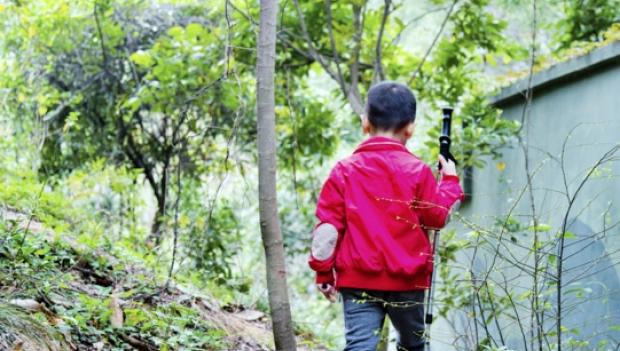The days are lengthening, the temperature is dropping and the kids are back in school. Don’t worry, there’s still time to sneak in one more camping trip before the season is over! Combine the fun of camping with some hands-on, educational opportunities to fuel your children’s passion for learning with these 6 educational camping activities for kids:
- Learn How to Identify Plants
- Take Part in a Campground-Hosted Program
- Going on a Nature Scavenger Hunt
- Take a Canoe or Kayak Trip and Learn About Navigation
- Teach Wilderness Skills
- Take an Educational Nature Hike
1. Learn How to Identify Plants
Encourage appreciation for plant life in your little one by teaching them how to identify a tree by its leaves. Be sure to choose trees indigenous to the region you’re in. We also recommend choosing a leaf chart that includes poisonous plants to help your kids spot plants that need to be avoided. This includes teaching them to identify poison ivy, poison oak, poodle dog bush, and more depending on where you are. Combine this activity with a camping trip to a destination featuring excellent fall foliage for an even better nature experience.
After they learn to identify the plants, engage their creative side and have them create their own leaf chart either by drawing different plants or using leaves and flowers they find around them (not the poisonous ones of course!). This activity will sharpen their perception of the shape and texture details that differentiate them.
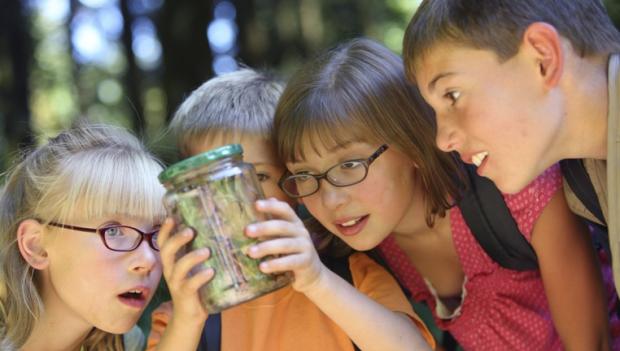
Recommended: 10 Great State Park Museums.
2. Take Part in a Campground-Hosted Program
Some campgrounds host their own events, such as guided nature walks, teaching about fossils found in the area, wildlife classes, how to mine gems, geology, and much more. When booking a campsite, be sure to check the “Activities and Amenities” section on the campground overview. There you’ll be able to see if they offer Interactive Programs, Environmental Programs, or other camping activities for kids.
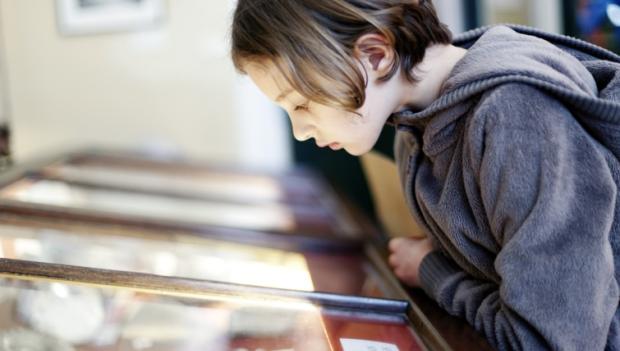
3. Going on a Nature Scavenger Hunt
A nature scavenger hunt is a great way to practice identifying the things in their immediate environment. First, create a list of the objects to be found, or places to be visited. A nature scavenger hunt list might include the following:
- Specific flowers common to the area
- Leaves common to the area
- A branch with specific markings, such as beaver chew marks, burn marks from previous forest fires, etc (again, depending on the area you’re in)
- A twig in the shape of a “Y”
- A photo of a notable landmark
- And much more!
Make copies of the list for each participant and provide them with a bag for collecting the scavenger hunt items. For younger kids, you may want to include pictures on the list to help them better identify what they’re looking for.

4. Take a Canoe or Kayak Trip and Learn About Navigation
In addition to good exercise and motor skill development, canoeing and kayaking is a great opportunity to teach kids how to use a compass and talk about how early explorers used the stars and other instruments to navigate. Being on the water helps fuel their imagination in understanding what navigating an open body of water might be like and how to use basic water navigation skills.
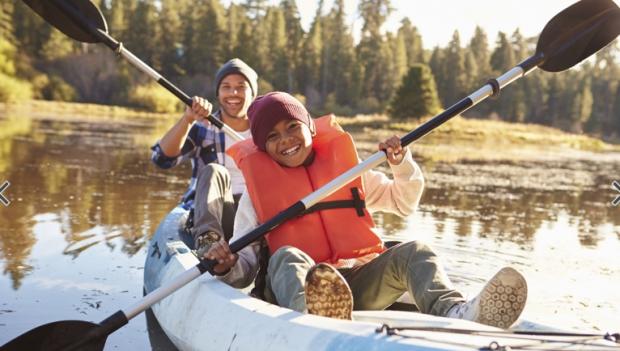
5. Teach Wilderness Skills
Although less related to what your kids might be learning in school, wilderness skills are very relevant and important. Learning these skills also helps to increase their confidence. Examples include:
- How to filter water
- Basic first aid
- How to tie different types of knots
- How to read a map
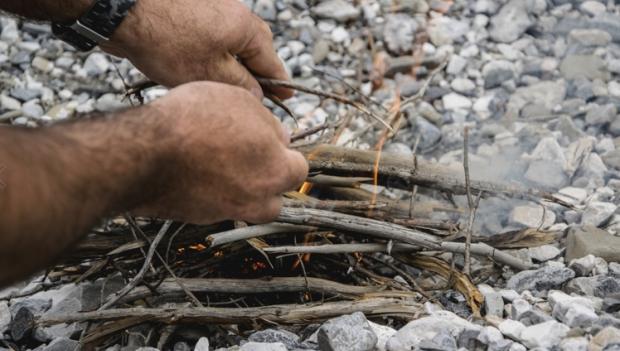
6. Take an Educational Nature Hike
Many visitor’s centers at national and state parks have information to supplement a nature walk, such as handouts on local flora and fauna. Sometimes guided nature walks are offered as well.
If the park or campground you are visiting does not provide these resources, there is plenty you can do to take an educational nature walk on your own. Take advantage of any water features (like creeks or rivers) to teach them about the water cycle. A nature hike is also a great time to teach them how to read a map. Or, simply talk to your child about what you see, smell and hear while walking. Take time to notice the bird calls, buzzing insects and the scent of the pine. This will attune them to some of the subtleties of the outdoors, while also serving as a great way to center them in the moment. In general, wildlife viewing in different regions is a great educational opportunity for kids.
